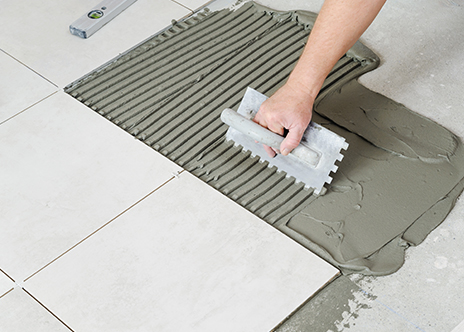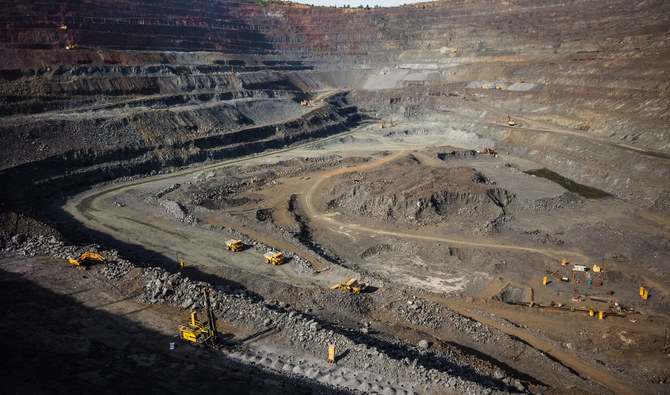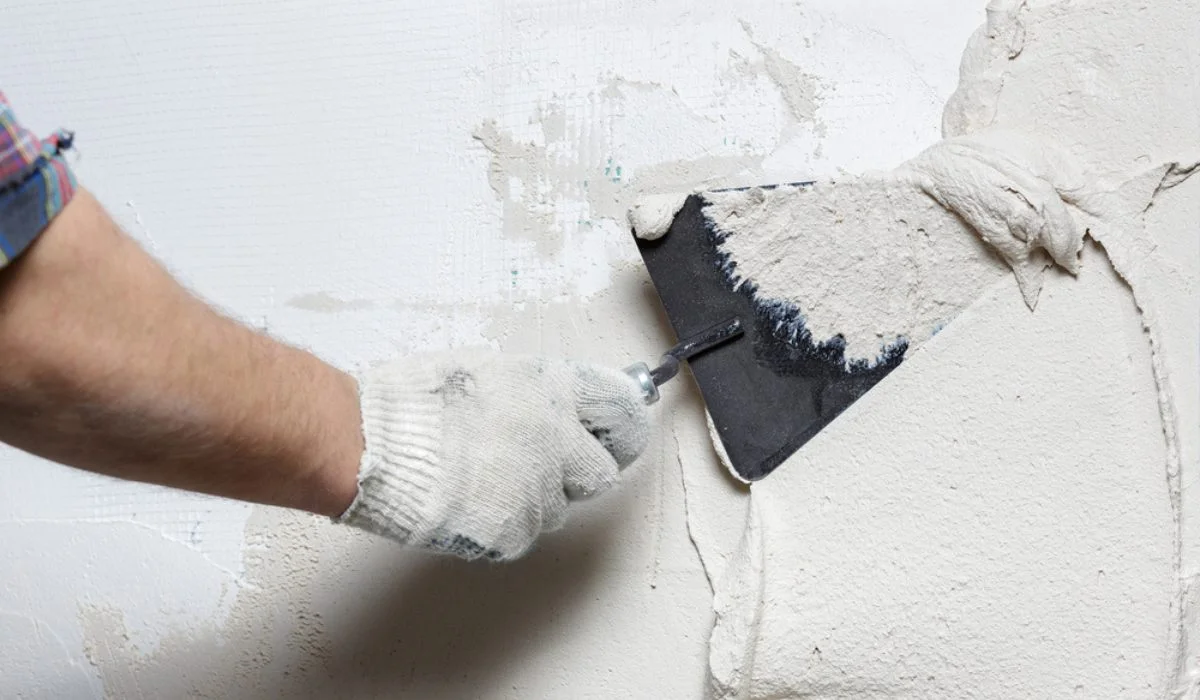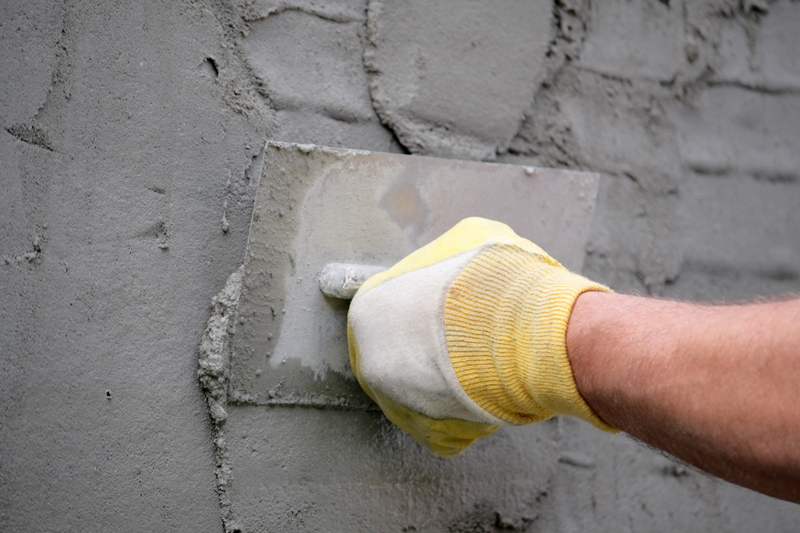.jpg)
description
Autoclaved aerated concrete (AAC) is a lightweight, precast, cellular concrete building material, eco-friendly, suitable for producing concrete-like blocks. It is composed of quartz sand, calcined gypsum, lime, portland cement, water and aluminium powder.
AAC products are cured under heat and pressure in an autoclave. Developed in the mid-1920s, AAC provides insulation, fire, and mold-resistance. Forms include blocks, wall panels, floor and roof panels, cladding (façade) panels and lintels. It is also an insulator.
AAC products can be used in almost all construction, such as industrial buildings, residential houses, apartment buildings, and townhouses. Lightweight concrete is used, for example, for exterior and interior walls, firewalls, wet room walls, diffusion-open thermal insulation boards, intermediate floors, upper floors, stairs, opening crossings, beams and pillars. Exterior construction requires some type of applied finish, such as a polymer-modified stucco or plaster compound to guard against the elements, or covered with siding materials such as natural or manufactured stone, veneer brick, metal or vinyl siding. In addition to their quick and easy installation, AAC materials can be routed, sanded, or cut to size on-site using a hand saw and standard power tools with carbon steel cutters.
AAC is a concrete-based material used for both exterior and interior construction. One of its advantages is quick and easy installation because the material can be routed, sanded, or cut to size on-site using a hand saw and standard power tools with carbon steel cutters.
AAC is well suited for high-rise buildings and those with high-temperature variations. Due to its lower density, high-rise buildings constructed using AAC require less steel and concrete for structural members. The mortar needed for laying AAC blocks is reduced due to the lower number of joints. Similarly, less material is required for rendering, due to the dimensional accuracy of AAC. The increased thermal efficiency of AAC makes it suitable for use in areas with extreme temperatures, as it eliminates the need for separate materials for construction and insulation, leading to faster construction and cost savings.
Even though regular cement mortar can be used, most of the buildings erected with AAC materials use thin bed mortar in thicknesses around 3.2 millimetres (1⁄8 in), depending on the national building codes. AAC materials can be coated with a stucco or plaster compound to guard against the elements, or covered with siding materials such as brick or vinyl.




